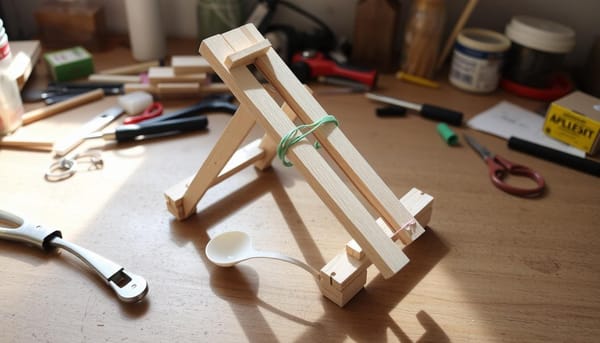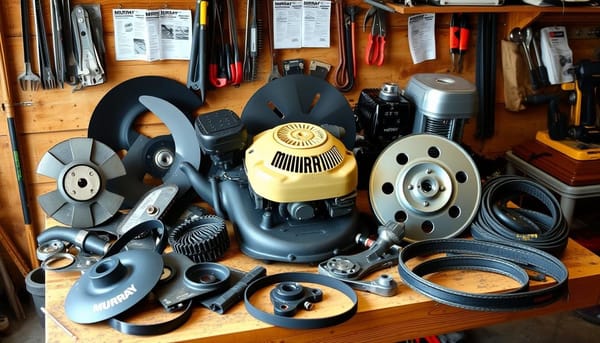Reefs Are in Danger and Coral Vita Wants to Save Them

If you're an avid environmentalist or even a well-traveled nature lover, you've likely noticed not only the news reports about the global destruction of coral reefs, you may have also seen it for yourself in real time. If you take, for example, the Carysfort Reef in the Florida Keys, most of which has been destroyed, you will notice that photos from 40 years ago, or even 30 years ago show a dramatic decline when compared to its present-day appearance.
The Carysfort Reef has all but disappeared. Like I mentioned before, however, this is a global issue. It's not just your favorite tourist spot that's completely changed, all around the world reefs are suffering. 95% of the Keys' reefs are all gone and they're not alone.
Despite the fact that coral reefs generate approximately $30 billion each year, 75% of all reefs are expected to die by the year 2050. This makes reef preservation big business as companies and environmental groups everywhere race to find solutions to save them. Reef restoration startup, Coral Vita is hoping that with their innovative science, they can save reefs, and make it profitable too.
Coral reefs are important when it comes to buffering coastlines against storms and erosion. In total, they reduce wave energy by 97%. 25% of all marine life and tropical fisheries are also supported by reefs and they're a hotspot for biodiversity and genetic resources like medicines, painkillers, and bone grafts just to name a few so there's no doubt that maintaining them is big business but what makes Coral Vita different?
Coral reefs generate nearly $30 billion annually and sustain nearly one billion people through coastal protection, food security, and income.
Coral Vita works out of their Mote Marine Lab. Through their techniques, they are able to accelerate coral farming growth rates to be as much as 50 faster than natural growth rates and strengthen the coral's resistance to the alternating oceanic conditions. Rather than relying on a one size fits all solution for coral reef destruction, Coral Vita has custom solutions available depending on the reef and the client they are developing solutions for.
The best solution for coral reefs is, of course, an end to the climate change that is raising water temperatures and causing deadly bleaching. The bleaching occurs as rising temperatures and other stresses affect the coral reefs. Coral reefs initiate a stress response that repels a certain kind of microalgae which actually gives them energy and their color (through photosynthesis- which they are unable to complete on their own). The result is dying bleached reefs. Unfortunately, this is looking to become the new normal as governments across the world ignore or reject climate change, while many others act slowly.
It also comes down to individuals who (knowingly or unknowingly) add to the destruction of coral reefs by some kinds of sunscreens, taking reef bits as souvenirs and lifestyle choices that contribute to global warming. With this in mind, growing and transporting coral reef parts to existing reefs already in the ocean has become one of the primary methods for combating this destruction.
So what does Coral Vita do to revive and restore coral reefs? Coral Vita grows and transports corals through their 5 step process. First, they do some research to assess and understand the target reef. They mostly check to see what its overall health and water quality conditions are. After the preliminary research, they create a restoration plan to determine which coral species should be grown for the particular reef, how many corals should be transported and where they should be planted.
Next, corals are raised using their accelerated growth techniques. Once the corals are installed in the reefs they are left to mature and continuously monitored for progress and any issues.
Coral farming is the process whereby fragments of corals are collected from the local reefs, raised in nurseries until mature, and then installed at the restoration site. After decades of scientific, small-scale, and community-based projects around the world, it's been shown to be a viable method for restoring degraded reefs.
Some of their nurseries are ocean-based and benefit from years of the proven science in reef growth and transplantation. Ocean-based nurseries are one of the best choices for Coral Vita because they are easy to assemble, low cost, fast growing and especially good for smallscale growth. At this time, however, they are not good for large-scale restorations and coral farming.
To give you an idea of just how much faster the growth process is, Coral Vita is able to grow some important coral species like Brain or Great Star corals in months versus the decades they would typically take to grow.
As for their land-based nurseries, which are protected against oceanic warming or maritime accidents, Coral Vita uses assisted evolution techniques to grow coral. Corals raised in these land-based nurseries can similarly be engineered to be stronger against common threats like global warming. Furthermore, land-based nurseries allow for a greater diversity of coral species to be farmed.
With all the gloomy news about coral reefs, it's easy to miss some of the solutions from good people who want to save them. This isn't to say that we should minimalize the problem itself, which is still projected to mean the deaths of the majority of reefs on the planet. What's important here is to remember that there are solutions which can be supported to save coral reefs, without losing sight of how human behavior can be changed or stopped for the sake of not destroying the planet.
coralvita.co
Fyxes
Thoughts, stories and ideas.




